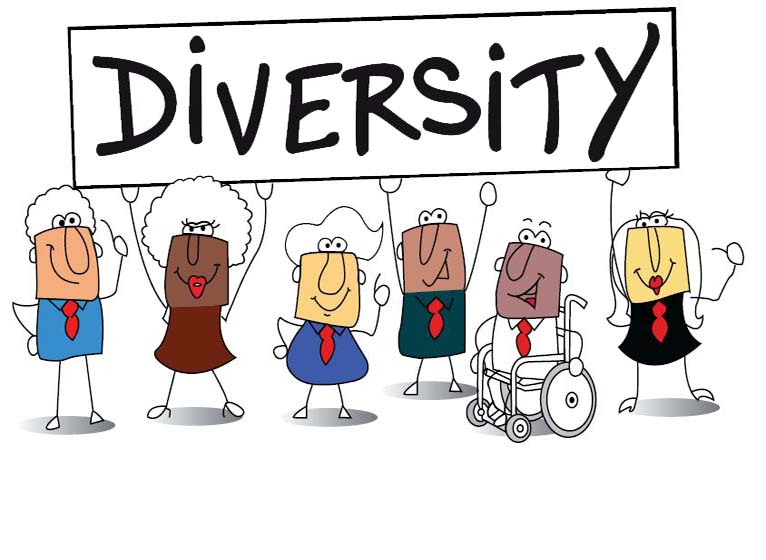This month we are watching a powerful DVD about diversity. I save this lesson for the end of the school year because the subject matter is more serious in nature than some of our other topics. The children in each clip are not actors - they are kids sharing their personal stories.
 Below is a detailed description from HRM, the producers of this video:
Below is a detailed description from HRM, the producers of this video:
Walk This Way
Each video in Walk This Way: Exploring Tolerance, Diversity and Difference features three young people relating personal stories about discrimination and intolerance. In their own words, they share their struggles to overcome challenges and learn more about kindness and understanding.
Each story is framed by colorful animation and a poetic story about peace, hate and the universal power of difference.
Part 1
We are introduced to Massimo, a young person with a bi-racial background. He talks about the importance of diversity in the world and the value of his own unique identity. Massimo’s mother also shares a story about neighborhood kids and their reaction to Massimo’s skin tone.
Next we meet Jessica, a young girl with an adopted African-American brother named Alexis. Jessica explains that Alexis is her brother in every way, even though they are not related by blood. She talks about the doubts of others who believe that a family is limited to people who are physically related.
In the final story, we meet Carl, a 9-year-old diagnosed with Attention Deficit Disorder (ADD). Carl shares his feelings of sadness and frustration as he describes the way other students teased him. After he is diagnosed with ADD, Carl is treated medically and makes great improvements at school.
Part 2
In the first segment, we meet twins Matthew and Justin. Justin has cerebral palsy. He gets a lot of special care from his family members. Matthew explains that Justin can communicate with smiles, not words. Justin feels pain and joy like everyone else.
In the next story, we are introduced to Melissa, a young girl who lost her hearing as a baby. Melissa has learned to communicate through sign language, although she still faces challenges. She shares her insecurities about meeting hearing people, while her sister talks about the challenges of living with someone who is deaf.
In the third segment, we meet Yanili, a girl who moved to America from a Spanish-speaking nation. Since she couldn’t speak English, Yanili had a hard time making friends. Then Patricia, a girl who moved from Mexico, introduced herself to Yanili and began teaching her English. Both girls talk about the importance of friendship and the ability to learn new things.
Part 3
First we hear the story of Alice, whose grandmother was raised in China during a time when men controlled everything. Alice explains her shocked and angry reactions to the stories told by her grandmother. She admires her grandmother’s triumph over sexism, even as she sees examples of the same problem in her own life.
In the second story, we meet Anthony, a boy who is teased because of his clothing. With the support of his grandmother, Anthony learns to respect himself for who he is, not for the clothes he wears.
Finally we are introduced to Nicole, an 11-year-old girl who describes her reaction to a hate crime in her
town. After seeing “KKK” painted on a nearby house, she realizes that racism exists almost everywhere, even
in a town that seems peaceful and happy.
HRM ©
Walk This Way: Exploring Tolerance, Diversity and Difference covers a wide range of social and emotional issues. To ensure that students are not overwhelmed by the material, each subject area has been carefully designed to create a clear, lasting impression. Through a mixture of individual reflection, classroom discussion and creative activity, students will gain a better understanding of the character traits necessary for a caring, tolerant society.
While using Walk This Way: Exploring Tolerance, Diversity and Difference, students will:
• explore social problems such as racism, sexism and stereotyping.
• learn to recognize descrimination, prejudiced attitudes and the unfair treatment of others.
• understand the responsibility of all people to work toward a society of tolerance.
• investigate strong feelings such as fear, sadness, anger, joy and love.
• practice positive ways to deal with difficult people and situations.
• learn how to strengthen their self-image and build good character traits.
• discover their own biases and unhealthy behaviors.
• gain perspective on the importance of good character over looks, money, popularity, etc.
• develop healthy judgement skills and problem-solving techniques.
• recognize the importance of respecting diversity.
• understand how differences can enrich our lives.
• develop pride and respect for their families.
• understand the potential of all people, including those with disabilities.
• develop healthy communication methods.
• recognize the value of friendship.
• relate the lessons to situations in their own lives.
HRM ©















